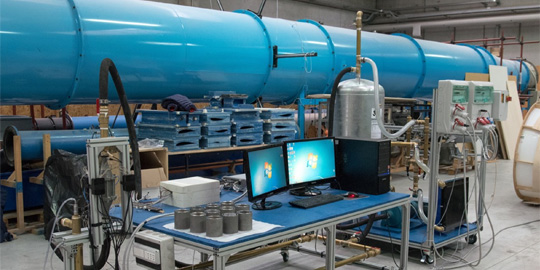Feasibility analysis: heat transfer geometries

For Wärtsilä Italia we carried out a feasibility study on the use of additive manufacturing technologies in order to achieve innovative solutions for cooling internal combustion engine components. Additive manufacturing opens up to new possibilities for high efficiency heat transfer geometries because they allow absolute freedom of forms and materials.

Customer: Wärtsilä Italia
Wärtsilä Corporation is a Finnish company that is leader in supplying intelligent technological solutions in order to generate energy throughout the entire life cycle of marine and land sector systems. Wärtsilä Italia is specialized in the production of engines for naval use, Diesel oil or bi-fuel engines, engines for power generators for power plants.
Advantech TIME research projects
A research project was carried out on the use of metal 3D printing technologies to produce cooled engines components by means of Selective Laser Melting (SLM) starting from metallic powders. The feasibility analysis, done in close collaboration with the University of Udine, was directed towards the geometries afforded by additive manufacturing, aimed at increasing the efficiency of components, in terms of increased heat transfer, reduced size, increased compactness, decreased costs, and impossible to obtain through traditional techniques. Since these are greatly innovative configurations, it was necessary to complete an in-depth experimental characterization analysis of their operation and a verification of the expected performance.
Feasibility analysis phases
- Definition of the basic geometry to be tested among those that are of greatest interest to the customer and his final application.
- Definition of operating conditions, such as thermal loads, operating temperature, coolant capacity and allowable pressure losses.
- An analysis of literature in order to identify the geometric solutions for cooling channels which are able to maximize the heat transfer and minimize pressure losses.
- Selection of geometries to be tested and FEM study in order to verify mechanical loads final drawing of the test coupons and metal printing.
- In parallel, conception, design, completion and final commissioning of the test system.
- Completion of the test and identification of the most promising geometries to be investigated in detail during the following activity.



